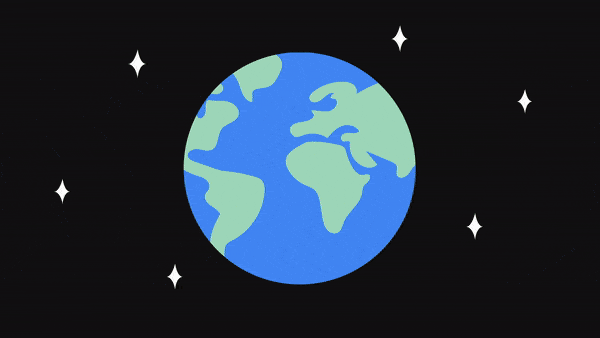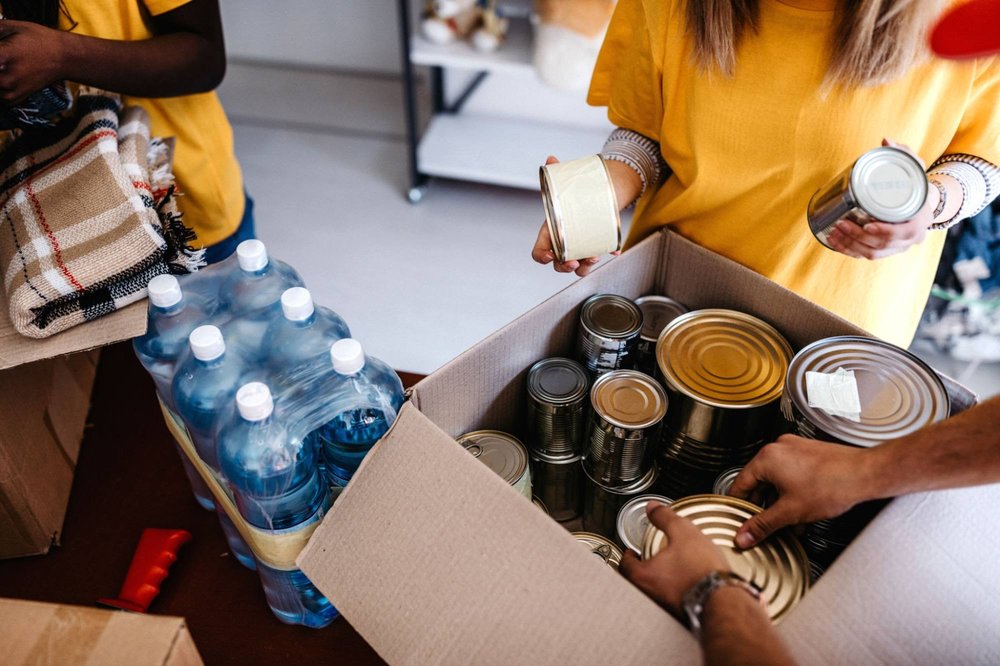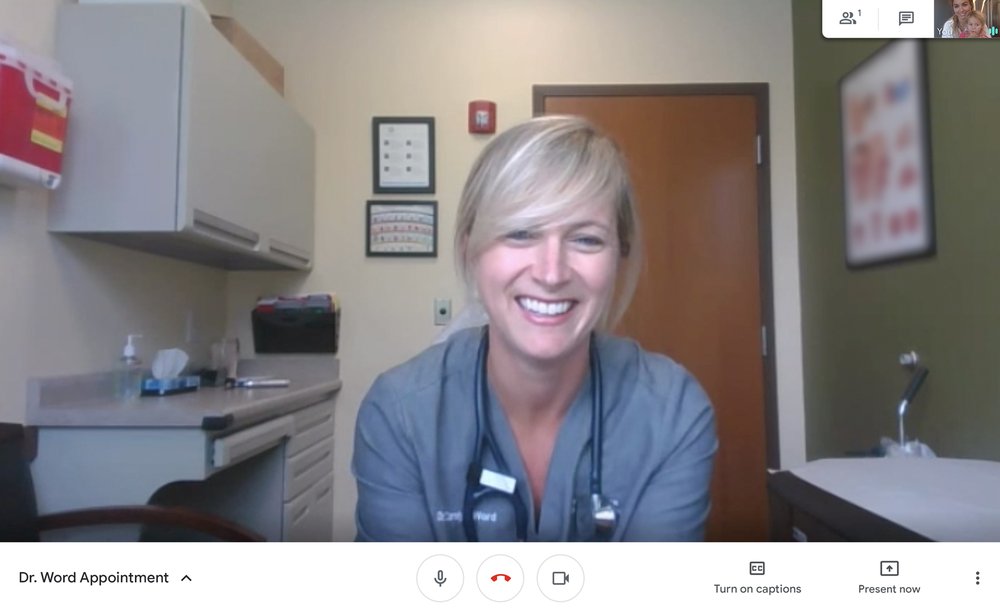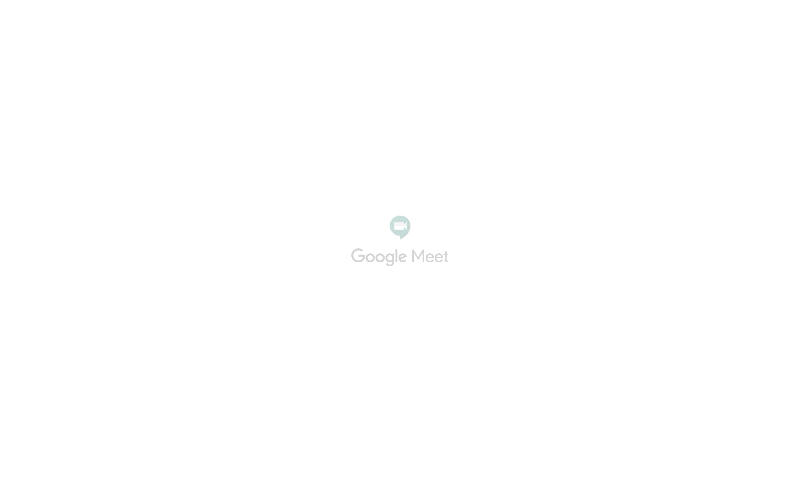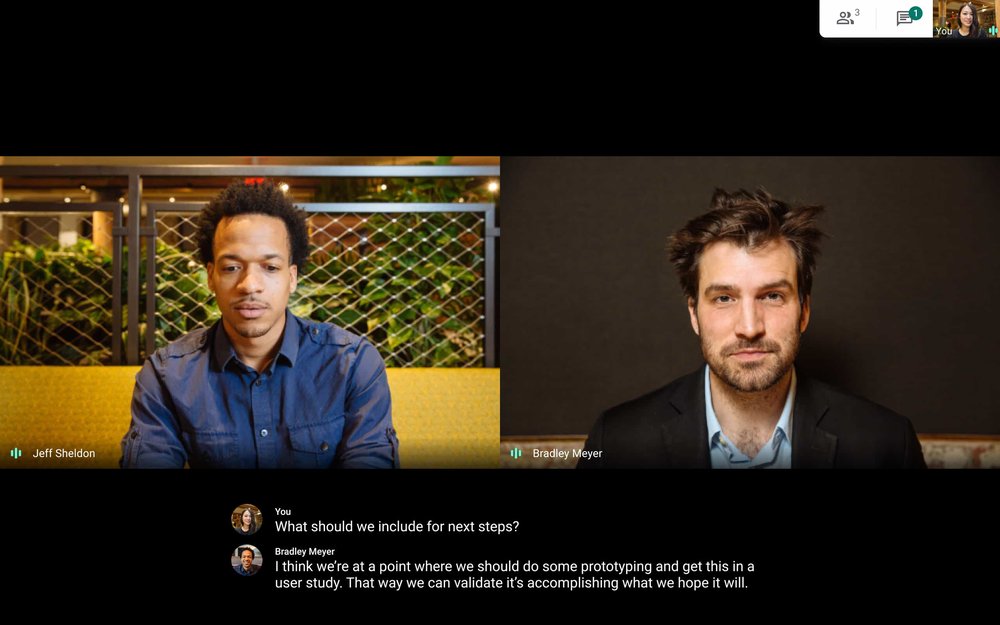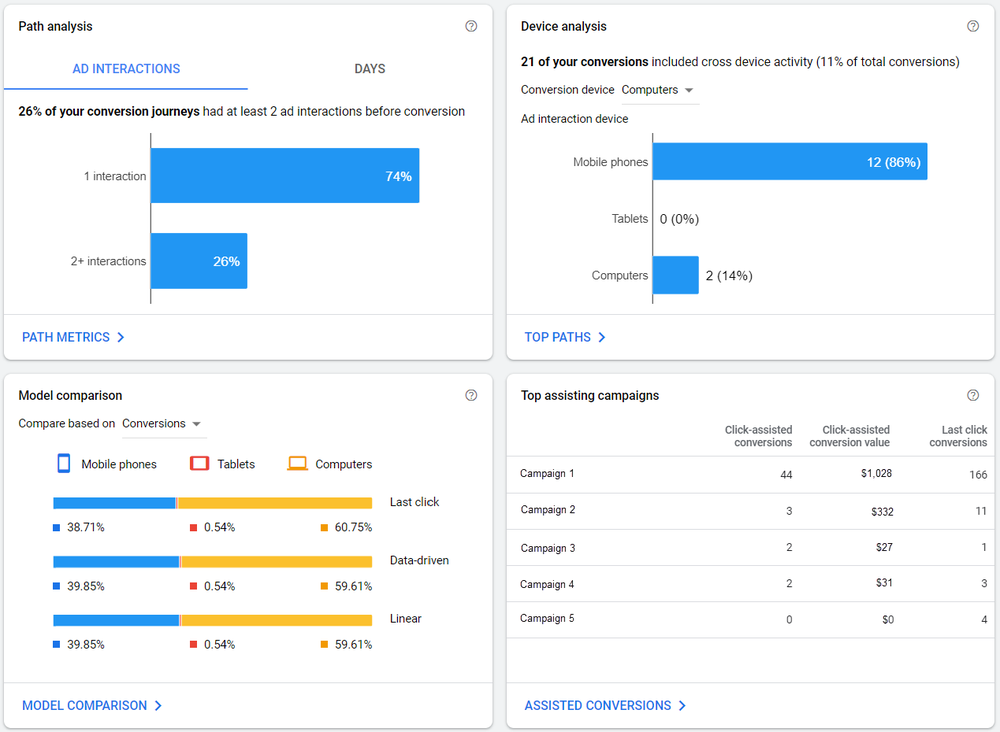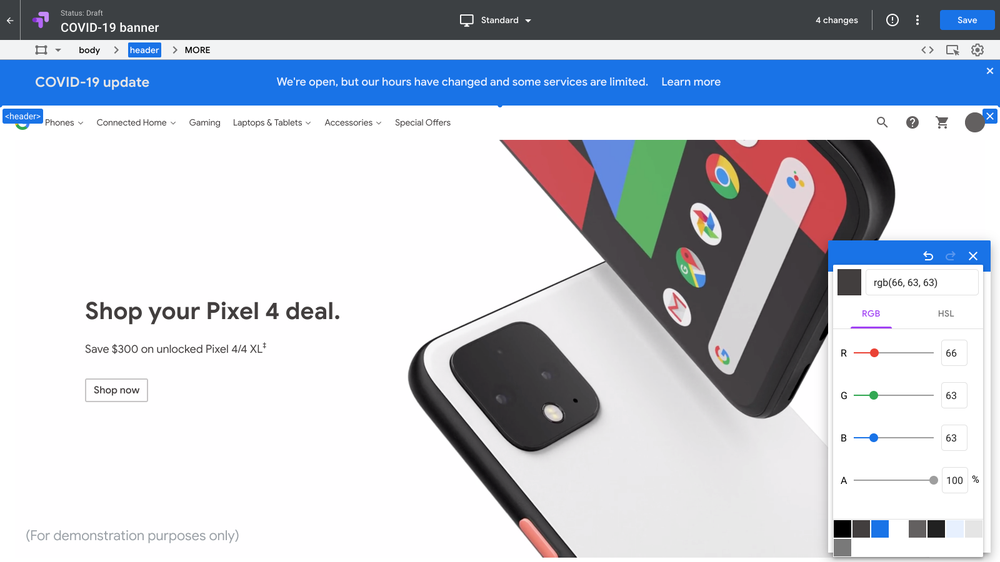Note: These are Sundar Pichai's full remarks from today's Alphabet Q1 2020 earnings call. See below for an email to employees Sundar sent following the call.
When I last spoke with you in early February, no one could have imagined how much the world would change, and how suddenly.
Our thoughts are with everyone who has been impacted by COVID-19, especially those who’ve lost loved ones or their livelihoods. It’s a challenging moment for the world.
Through it all, we’re incredibly grateful for all of the essential workers on the front lines of this crisis... from health care workers and first responders... to the grocery store clerks and delivery workers...to teachers grappling with new technology to help children learn remotely...to all of the scientists and researchers working hard to develop vaccines and treatments...and many others who are leading through these difficult times. Thank you.
These people fill us with hope and show us the power of human resilience. We’ll need that energy and resolve in the months and years ahead.
Today, there is still a great deal of uncertainty regarding the path to recovery. But there are some things that we can understand better with the patterns we are seeing.
For example, it’s clear from data that people are being more cautious and are seeking authoritative advice and guidance to protect their families’ health and safety. A return to normal economic activity depends on how effectively societies manage the spread of the virus. There’s no one size fits all and the timing and pace of recovery will vary from location to location. This is a long-term effort.
It’s also clear that this is the first major pandemic taking place in a digital world.Many parts of the economy are also able to continue with some semblance of normalcy, thanks to advances in remote work, online shopping, delivery options, home entertainment and telemedicine. At the same time, newer technologies like AI, Bluetooth exposure notifications and 3D printing are being used to help fight the disease head on.
It’s now clear that once the emergency has passed, the world will not look the same.Some social norms will change, and many businesses are speaking to us, looking to reinvent their operations. We have seen that the most pressing concern of small and large businesses right now is business continuity, solving for issues like employee safety, dramatic falls or surges in demand, supply chains and managing a remote workforce. Ultimately, we’ll see a long-term acceleration of movement from businesses to digital services, including increased online work, education, medicine, shopping and entertainment. These changes will be significant, and lasting.
Given the depth of the challenges so many are facing, it’s been a huge privilege to be able to help people and businesses at this moment. In today’s call, I’ll cover four areas:
In the early days of the crisis, we were able to put in motion a number of efforts quickly. This is a testament to strategic areas where we have invested over recent years: products that people trust; our technical leadership and innovation; deep partnerships; a highly skilled workforce; and the scale and resilience of our operations.
I’ve been proud of all of these efforts and what they say about our company. I’ll give just a few examples.
First, we’ve been working with healthcare providers, researchers, authorities and communities to help combat the virus.
Google Cloud is forming deep partnerships, such as with leading health care provider HCA Healthcare, to understand data around ICU bed availability, ventilator supplies and test results.
Second, we are working hard to provide accurate and authoritative information to people using our services.
On YouTube, we are quickly removing content that violates policy, and raising authoritative content from news organizations and experts. Up to last week, our COVID-19 info panels have had 20 billion impressions.
Third, we’re playing a role in supporting businesses and workers that are hurting because of the downturn.
In March, we made a commitment upwards of $800 million to support small businesses and crisis response efforts, through a combination of grants, small business loans and ad credits.
Turning to the way people are using our products... People are relying on Google’s services more than ever. This is a strong recognition of the value of our products, particularly in important and urgent moments. As a few examples:
We’ve seen a significant rise in search activity. To put it into perspective, in the U.S., coronavirus-related search activity at its peak was four times greater than during the peak of the Super Bowl.
And schools and businesses in particular are using our secure video conferencing platform Meet. Last week, we surpassed a significant milestone and are now adding roughly 3 million new users each day, and have seen a 30-fold increase in usage since January. There are now over 100 million daily Meet meeting participants. Stay tuned for much more!
Turning to our business, let me touch on our performance this quarter.
Q1 was in many ways the tale of two quarters. For our advertising business, the first two months of the quarter were strong.
In March, we experienced a significant and sudden slowdown in ad revenues. The timing of the slowdown correlated to the locations and sectors impacted by the virus and related shutdown orders.
As the impact of COVID-19 came into view, we delayed some ad launches and prioritized supporting our customers as many adjusted their strategies.
We're focused on products where we can help most advertisers and merchants during the crisis. For example, under our new leader of Commerce, Bill Ready, last week we announced that merchants can list products in Google Shopping for free. It’s been widely rolled out in the U.S., with more countries to come, and the response has been positive.
Overall, recovery in ad spend will depend on a return to economic activity.
There are two key aspects of our business that give us confidence about the future:
First, as we saw after 2008, one of the strongest features of Search is that it can be adjusted quickly, so it’s relatively easier to turn off and then back on, and marketers see it as highly cost-effective and ROI based.
For example, Cloud:
In retail, we’ve helped Loblaw, one of Canada’s largest food retailers, and Wayfair scale to support exponential traffic increases.
We are helping communication companies adapt to new behavior patterns. Vodafone is using Google Cloud Platform to help it analyze network traffic flows to keep everyone connected and we are helping Unity Technologies keep real-time online games stay up and running.
Institutions like Lloyd's Bank are digitally transforming their businesses and we are helping even more businesses do the same through new partnerships with Accenture, AT&T, and T-Systems.
We now have more than 6 million paying G Suite customers. G Suite is helping Netflix and German manufacturer, KAESER Compressors transition quickly to remote work, while Twitter, Shopify, retailer Schnuks and Italian bank Credem are using Meet for things like all hands and customer meetings.
Elsewhere across the business...
Android previewed Android 11, which includes seamless 5G connectivity and a smarter keyboard with a faster messaging experience. And as I mentioned, we’ve seen significant growth in Play. There are now over 2.5 billion monthly active Play devices worldwide.
And in hardware, we saw a decline in device activations in the quarter, due to falling consumer demand globally. But I am excited about the product roadmap ahead for the year—including yesterday’s launch of Pixel Buds 2.
Finally, moving on to our focus for the rest of the year...
We’re taking a long view and continuing to invest in our long-term priorities, but are being thoughtful in the short term. So we made the decision to slow down the pace of hiring for the remainder of 2020, while maintaining momentum in a small number of strategic areas. We’re also recalibrating the focus and pace of our investments in areas like data centers and machines, and non-business essential marketing and travel.
We’ll also continue to thoughtfully manage our Other Bets portfolio. Waymo raised $2.25 billion in its first external investment round, a terrific validation of their technology and long-term business model. Wing saw a surge in deliveries and new users, increasing its daily volume fivefold, with great momentum in test programs in Australia and Virginia.
At Google, we’ll continue to be focused on the four key areas that I outlined in the last earnings call.
First, creating the most helpful products for everyone, particularly at a time where people rely on us for information, work, education and entertainment.
Third, executing at scale. I’ve been proud of how we continue to work so cohesively and productively, even with a distributed workforce. We will continue to build on the internal tools, support systems and infrastructure we have built over the years.
Let me express my thanks to our employees for their herculean efforts under these difficult circumstances. While the road ahead for everyone is uncertain, we’ll continue to support our users, communities and partners, and we’ll all emerge, together, from this moment.
Thank you, and please take care, everyone.
The following is an email to employees that Sundar sent today.Hi everyone,
Earlier today, Ruth and I wrapped our 2020 Q1 earnings call with investors. I was proud to share some of the ways we’ve come together as a company to help people and businesses during this time—thank you all for your efforts.
I’ve included my opening remarks from the call below. The TL;DR is that Alphabet’s Q1 was a tale of two quarters. On the one hand, we’ve seen people turning to some of our products for help more than ever. This is reflected in the rise in Search activity, engagement on YouTube, downloads on Google Play and usage of G Suite.
The first two months of the quarter were strong for our Search, network and YouTube businesses. Then, in March, we experienced a significant and sudden slowdown in our advertising revenues, correlated to the locations and sectors impacted by the virus and related shutdown orders.
As I mentioned on the call, recovery in ad spend will depend on a return to economic activity. That said, there are two key aspects of our business that give us confidence about the future: First, as we saw after 2008, one of the strongest features of Search Ads is they are cost-effective and can be adjusted quickly, so it’s comparatively easy to turn them off and then back on. Second, our business is more diversified than it was in 2008, and we are excited about the momentum in areas like YouTube, Cloud, Google Play and our computing efforts. We’re equally excited about the growth we’re seeing across Chromebooks and G Suite, particularly in Meet and Classroom, as more businesses and schools transition to remote work and learning. All of this will help us emerge from this period in a strong position.
I also spent some time on the call sharing observations about the patterns we’re seeing from the first pandemic of the digital era. While technology has allowed certain types of businesses to continue working as before, we can’t expect the world to snap back into place in a single day—this is a long-term effort. And when the crisis does pass, the world won’t look exactly as it did before the pandemic. This provides an opportunity for all of us to help people reimagine everything, from online work to education, to medicine and entertainment.
Overall, we made some good progress this quarter in spite of all the challenges. None of it would be possible without the herculean efforts from Googlers around the world. Thank you for everything you do to continue to support our users, customers, partners, and communities. We will get through this together.
-Sundar
